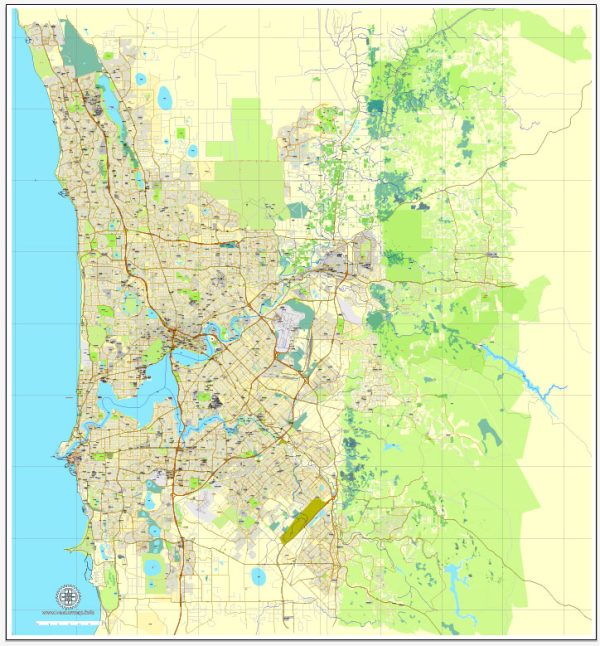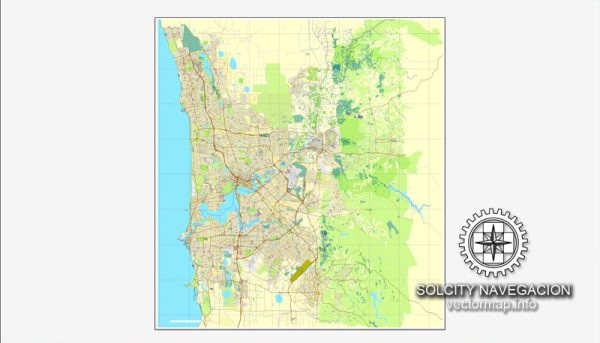Perth, the capital city of Western Australia, has a rich history of urban development that spans from its Indigenous roots to its current status as a vibrant and modern metropolis. The development of Perth can be traced through several key phases:
Indigenous History:
Before European settlement, the area now known as Perth was inhabited by the Whadjuk Noongar people. They had a deep connection to the land, relying on the Swan River and the surrounding areas for sustenance. Indigenous Australians have a history that spans thousands of years, and their cultural and spiritual ties to the land are still significant today.
European Settlement (1829):
The modern history of Perth began with the arrival of Captain James Stirling in 1829, who led the first group of European settlers to establish the Swan River Colony. The city was initially centered around the Perth Water area, near the mouth of the Swan River. The early settlement faced challenges such as poor soil quality and water scarcity, but over time, the city expanded.
Gold Rush (Late 19th Century):
In the late 19th century, the discovery of gold in Western Australia, particularly in the Coolgardie and Kalgoorlie regions, led to a significant influx of people to Perth. This marked a period of economic prosperity and growth for the city, as it became a hub for those seeking their fortunes in the goldfields.
Federation and 20th Century:
With the federation of Australia in 1901, Perth continued to grow and develop as part of the newly formed nation. The construction of key infrastructure, such as the East Perth Power Station and the Perth Mint, contributed to the city’s expansion. The development of transportation, including railways and roads, also played a crucial role in connecting Perth to other parts of the country.
Post-World War II Boom:
After World War II, Perth experienced another period of growth and development. The 1950s and 1960s saw increased immigration, and the city’s population continued to rise. The expansion of suburbs, the development of infrastructure like the Kwinana Freeway, and the establishment of key institutions contributed to the city’s modernization.
Contemporary Urban Development:
In recent decades, Perth has undergone significant urban development and transformation. The city skyline has evolved with the construction of modern high-rise buildings, and urban planning initiatives have aimed at creating sustainable and livable communities. The redevelopment of areas like the Perth Cultural Centre and Elizabeth Quay has enhanced the city’s cultural and recreational offerings.
Challenges and Opportunities:
Perth faces challenges such as urban sprawl, traffic congestion, and the need for sustainable development. The city continues to explore solutions to address these issues while embracing its natural beauty and promoting a high quality of life for its residents.
In summary, Perth’s history of urban development reflects a journey from its Indigenous roots through European settlement, gold rushes, and post-war booms to its current status as a cosmopolitan city with a diverse and growing population. The ongoing development and planning initiatives aim to position Perth as a dynamic and sustainable urban center in the 21st century.



 Author: Kirill Shrayber, Ph.D.
Author: Kirill Shrayber, Ph.D.